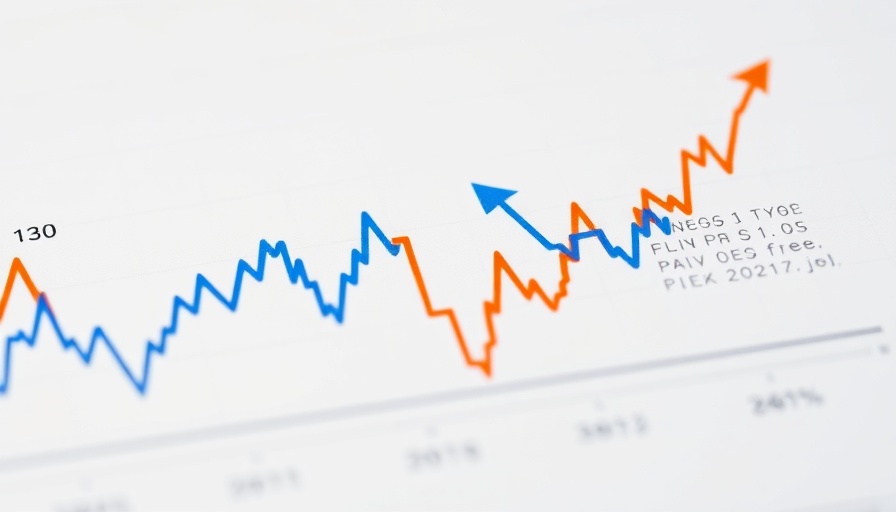
Understanding the Appeal of High Dividend Yields
Dividend stocks are often touted as a reliable income source for investors seeking to build wealth through passive income strategies. At a staggering yield of 7%, this particular ultra-high dividend stock has captured the attention of many. But what does purchasing this stock mean for your overall investment strategy? As we delve into this opportunity, it's crucial to evaluate the potential risks and rewards associated with it.
Is 7% Sustainable? Evaluating Company Fundamentals
Before diving into investment, it's essential to assess the sustainability of the 7% dividend. This means analyzing the company’s payout ratio — the proportion of earnings paid out as dividends. Generally, a healthy ratio below 60% indicates that the company is capable of sustaining its dividend payments. Investors should also investigate the company’s revenue growth, debt levels, and industry performance—factors that significantly impact long-term stability.
Benefits of Dividend Investing: More Than Just Income
Investing in dividend-paying stocks can serve more than just immediate income; they can enhance portfolio diversification. Unlike growth stocks that tend to fluctuate wildly, dividend stocks often provide price stability, acting as a buffer against market volatility. This aligns with general financial planning practices, where maintaining a balanced portfolio is paramount for increasing financial independence over time.
Maximizing Your $1,000 Investment: Strategic Considerations
If you have $1,000 to invest, the decisions you can make with this information are vital. Rather than solely placing it in this high-yield stock, consider the broader implications of your investment strategy. For instance, you might opt to maintain liquidity by allocating a portion of your funds into an emergency savings account while investing the remainder in equities. This balanced approach aligns with a prudent asset allocation strategy and protects against unforeseen expenses.
Future Trends: Where High Dividend Stocks May Lead Us
Market predictions suggest that as interest rates continue to fluctuate, demand for stable income streams via dividends will increase. With inflation rising and many investors searching for safer harbors, high-yield stocks could see a surge in popularity. This trend underlines the importance of understanding dividend investing as a cornerstone of wealth building and retirement planning strategies.
Counterarguments: Assessing Risks in Dividend Stocks
Despite the allure of high dividends, potential risks must not be overlooked. Economic shifts, such as a recession, could severely impact companies' ability to maintain payouts. It's where risk management and robust financial advising come into play to provide balance and foresight when navigating the stock market investments. Moreover, high yields should not alone dictate investment choices; thorough research is essential to avoid the pitfalls of chasing yield alone.
Taking Action: Is It Time to Act?
Ultimately, deciding whether to invest in this ultra-high dividend stock involves careful consideration of personal financial goals and risk tolerance. Consultation with a financial advisor might provide additional insight into how this investment aligns with your overall financial strategy, taking into account effective tax planning and the eventualities of estate planning.
As you consider the benefits and risks, remember the essence of a diversified investment portfolio. The decision isn’t just about the stock’s immediate yield but about fostering long-term financial health and wealth preservation.
 Add Row
Add Row  Add
Add 




 Add Row
Add Row  Add
Add 

Write A Comment